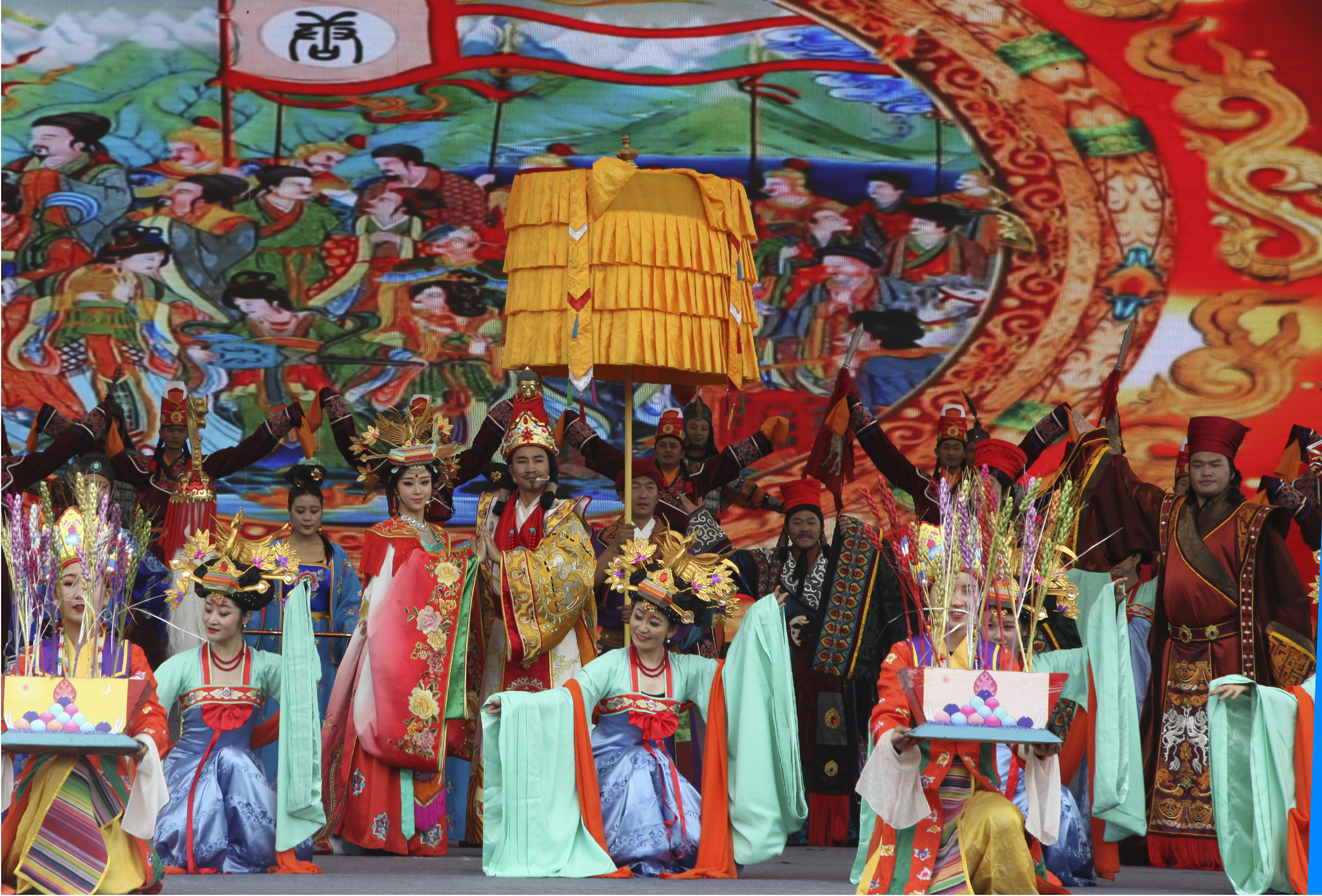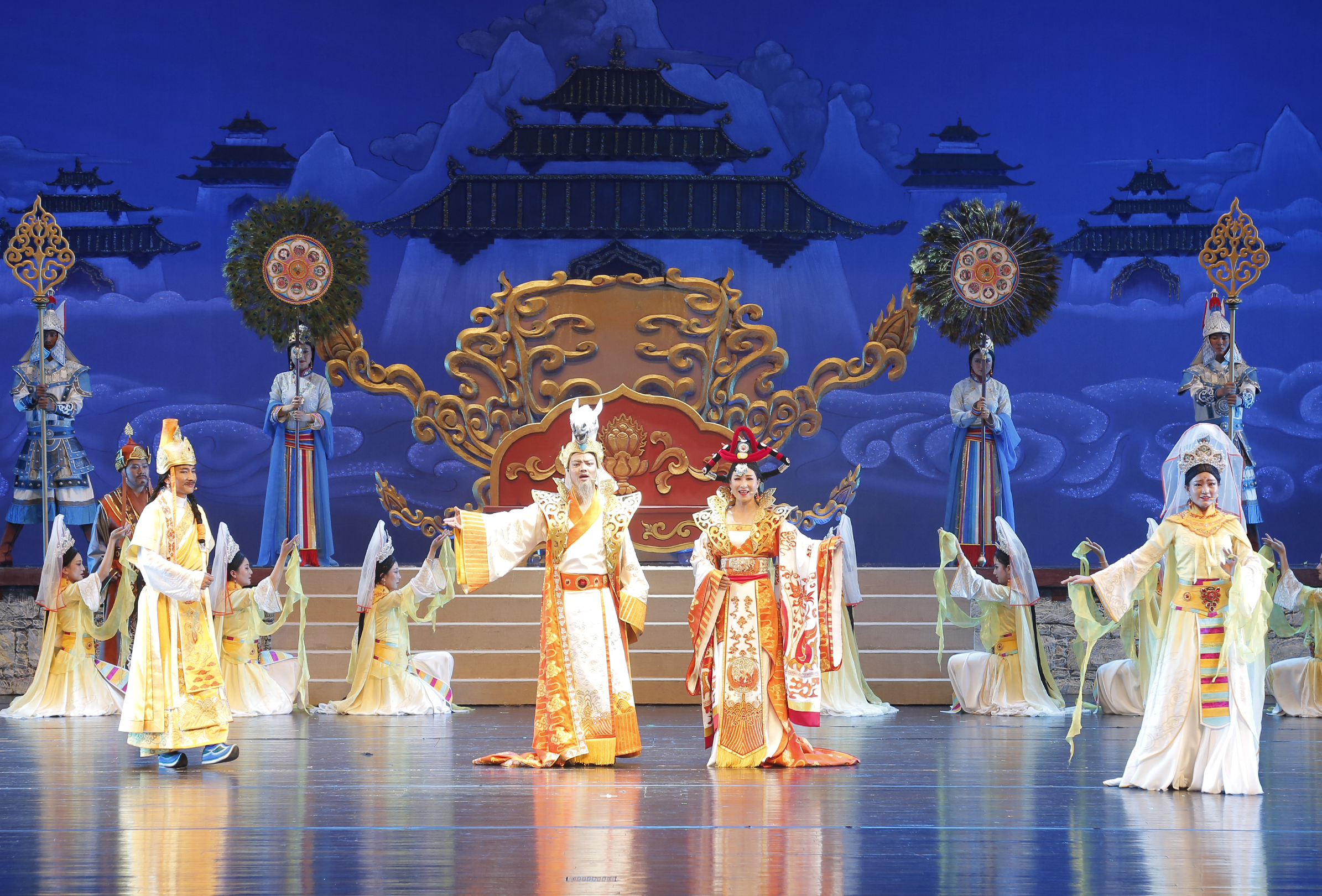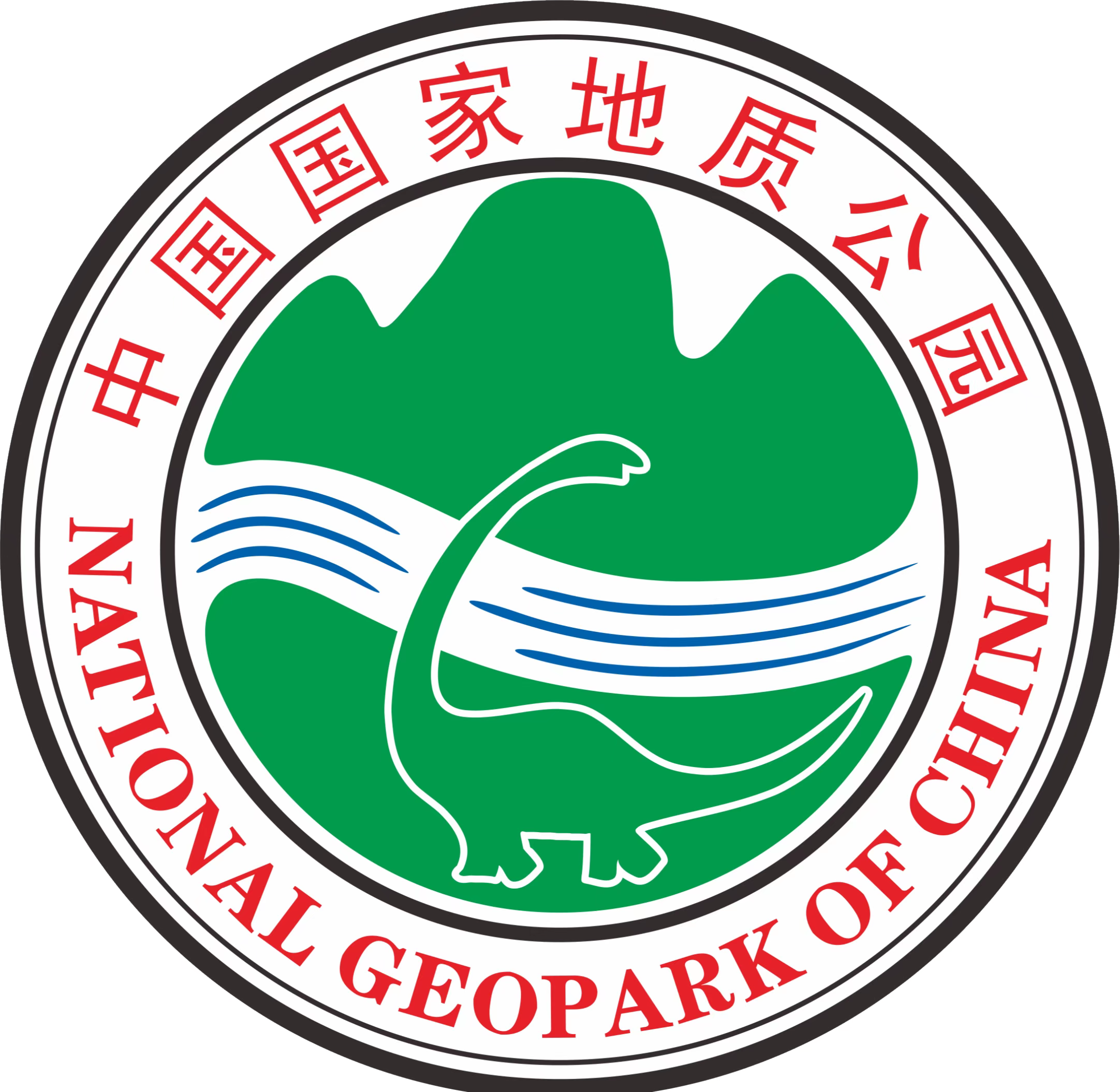Huangnan Tibetan Opera is an important genre of the Tibetan Opera in Amdo. It is influential in Qinghai with more than 400 years of history. Huangnan Tibetan Opera features the eight traditional Tibetan operas: The Biography of King Norsang, Songtsen Gampo, Zhimei Gengden, Dunyue Dunzhu, Baima Wenba, Zhuowa Sangmu, Langsa Guniang, and Princess Wencheng. It also features the Biography of King Gesar and the King’s Official Choban. Importantly, the Gongbao Duoji Listens the Dharma is an earlier Tibetan opera in the form of religious Dharma dance that became influential and popular in the Amdo region.
Huangnan Tibetan Opera fuses opera and mime and other performances using a variety of means to shape the artistic image and play the plot. Generations of artists practicing the opera accumulated a variety of lines, sets of performance procedures, gestures, body steps, and character modeling. It also absorbed local monastery mural characters into religious dances, folk dances, and Tibetan social elements to form the unique artistic styles of drama. In terms of music, it also mixed monastery chanting music, local folk songs, dance music, and other music elements with distinctive characteristics of time and place.
Huangnan Tibetan Opera has its own cultural and natural environment. The language, music, singing, and dancing movements feature distinctive characteristics and form a complete system of unique Tibetan opera performance. On May 20, 2006, the Huangnan Tibetan Opera was enlisted as the "First List of National Intangible Cultural Heritage" by the State Council. On September 30, 2009, it was enlisted by UNESCO in the "Representative List of the Intangible Cultural Heritage of Humanity".





